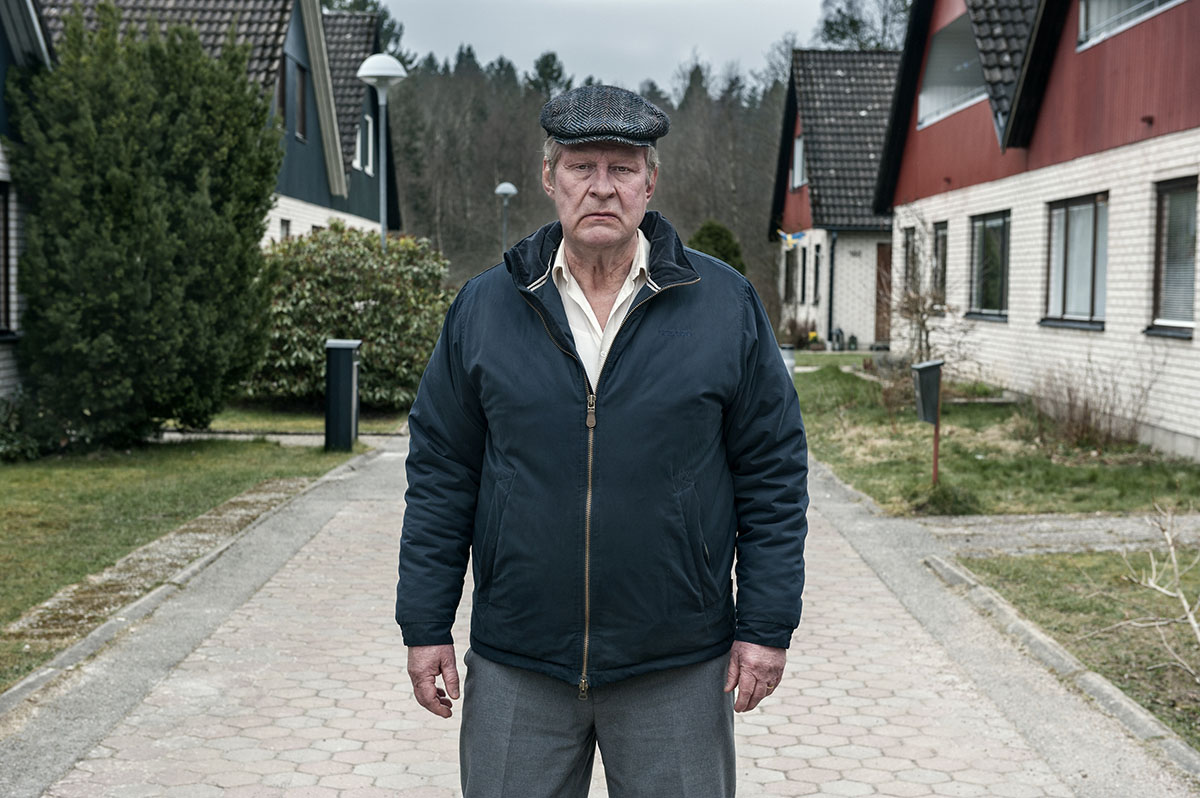‘A Man Called Ove’ in review
Swedish film is touching yet predictable
Photo by SUBMITTED
Though heartwarming, “A Man Called Ove” won’t surprise audiences.
“En man som heter Ove,” or “A Man Called Ove,” is a 2015 Swedish drama-comedy written and directed by Hannes Holm based on Frederick Backman’s 2012 novel. Although the film is nominated for two Academy Awards, “Best Foreign Language Film” and “Best Makeup and Hair,” it is not without its weak points.
“A Man Called Ove” is definitely touching, but it isn’t a movie that presents a new perspective.
Ove (Rolf Lassgård) is an ill-tempered 59-year-old widower who divides his days between visiting his wife Sonja (Ida Engvoll) at her gravesite in the cemetery, heckling his neighbors and repairing his neighborhood.
When the railroad company where Ove spent 43 years forces him to retire, he decides to end his life. He visits Sonja’s grave and tells her that they will soon be reunited.
In a series of disturbing scenes, Ove plans his suicide. When his life is slipping away, he narrates flashbacks. The film’s early flashbacks allow the viewer to gradually learn of Ove’s loss-ridden childhood, a possible explanation of his character.
However, Ove’s multiple suicide attempts are interrupted throughout the movie by a young family that moves into the townhouse across the street from Ove. Ove develops a rough friendship with headstrong Parveneh (Bahar Pars), who is an Iranian immigrant.
As the film moves forward, Ove softens. He begins to tell his neighbors the stories of his young life with Sonja. Flashbacks are now amber-filled bubbles of happiness that come as welcome interludes between moments of Ove’s dreary present life.
The climactic scene of the movie occurs when Parveneh tells a distraught Ove, “No one manages completely on their own. Not even you.” Essentially, this is the main message of the movie: that love and companionship can cure loneliness and sorrow.
If the synopsis of “A Man Called Ove” screams “predictable” to you, that is probably because the film followed the “crotchety-yet-loveable-old-man” character trope. The plot line of the movie depicts Ove’s transformation from lone grumpy neighborhood widower into a slightly less grumpy and more loveable widower. We’ve seen this so many times before.
“A Man Called Ove” is saved from falling completely into a plot hole because Ove does not have one clear “savior.” Ove does a majority of healing himself when he relives his memories. While Parveneh gives Ove the most help, her daughters, the cat, a young man and a few other neighbors also bask Ove in love.
Also, the typical American viewer should be aware they will yearn for a faster-paced, more action-packed plotline. Yet, a patient and observant viewer will be intrigued by a flowing music score and an effective use of dry humor to lighten the mood in the film.
It is also important to note “A Man Called Ove” is in Swedish, so viewers should not mind reading subtitles.
I would not recommend the film to anyone who has coped with depression or suicide. Several scenes are graphic and therefore potentially harmful.
I enjoyed the symbolistic role of the color blue, found everywhere in the film from costumes to cars. Is interesting to note Sonja’s eyes were a bright blue, so it can be found in this instance blue symbolizes serenity and peace. Ove’s stray cat is blue-eyed as well. It never leaves his side — an interesting connection.
Showtimes are 7 p.m. on Friday, 2 p.m. and 7 p.m. on Saturday, and 2 p.m. on Sunday in Woodland Theater.

Neupert is a fourth-year journalism student at UW-Eau Claire. She is the executive producer of Engage Eau Claire on Blugold Radio Sunday. In her spare time, Neupert's working on becoming a crossword puzzle expert.


